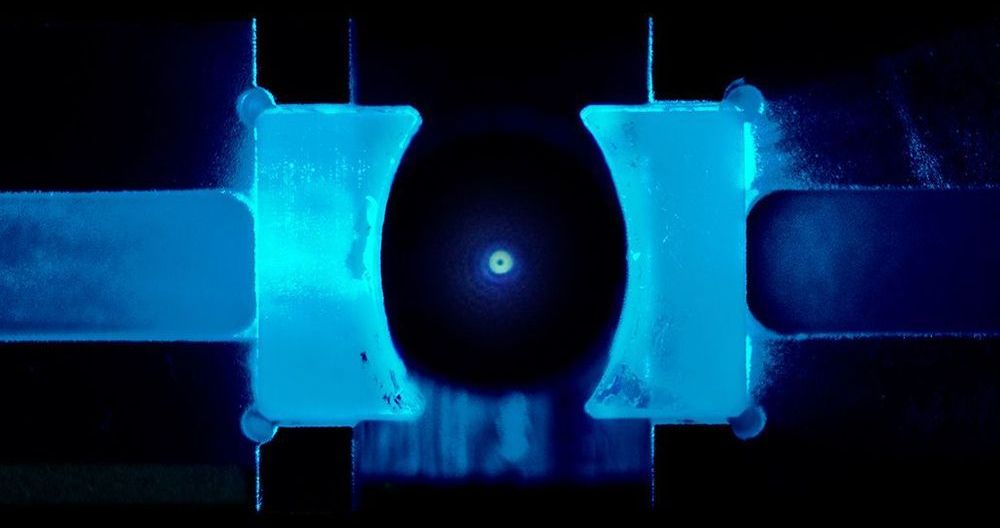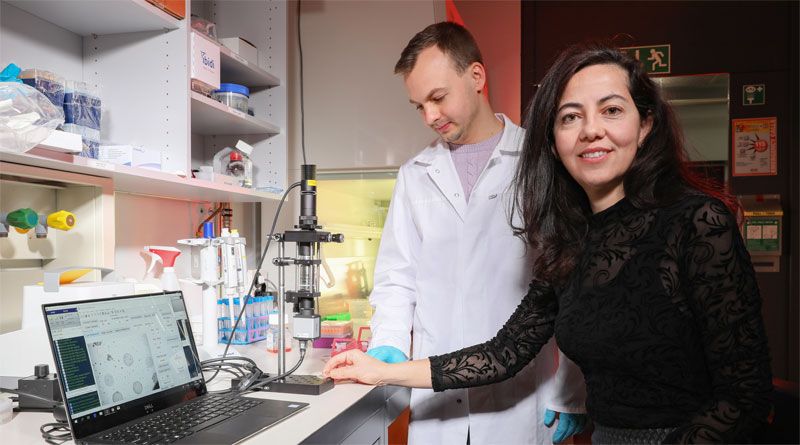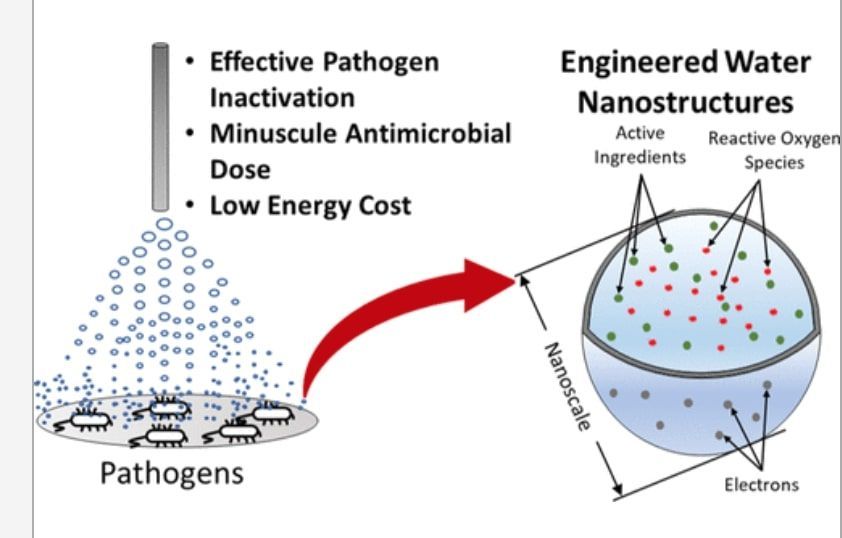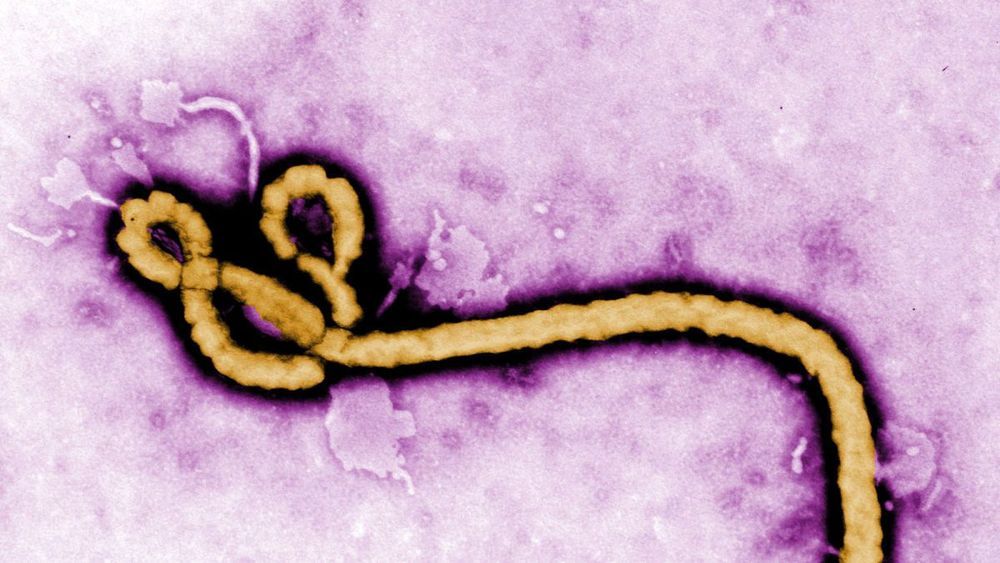The University of Rochester research lab that recently used lasers to create unsinkable metallic structures has now demonstrated how the same technology could be used to create highly efficient solar power generators.
In a paper in Light: Science & Applications, the lab of Chunlei Guo, professor of optics also affiliated with Physics and the Material Sciences Program, describes using powerful femto-second laser pulses to etch metal surfaces with nanoscale structures that selectively absorb light only at the solar wavelengths, but not elsewhere.
A regular metal surface is shiny and highly reflective. Years ago, the Guo lab developed a black metal technology that turned shiny metals pitch black. “But to make a perfect solar absorber,” Guo says, “We need more than a black metal and the result is this selective absorber.”







